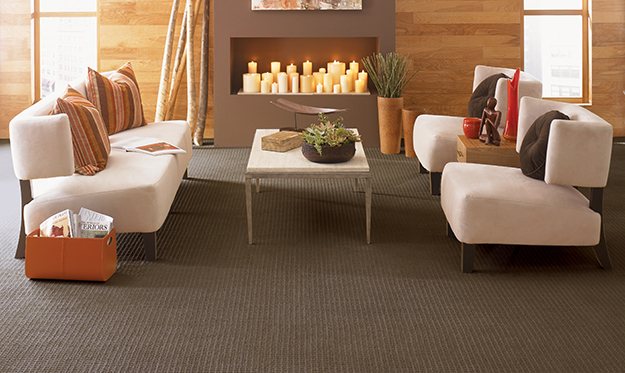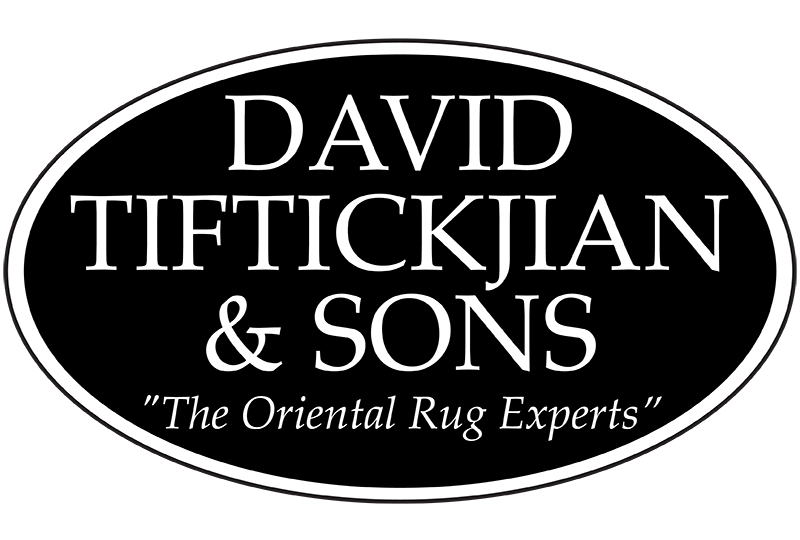
There are four general fiber types for wall-to-wall carpeting.
Nylon:
Nylon has been the most commonly used carpet fiber since the early 1960’s. In overall performance characteristics, nylon is the most versatile of all fibers, providing excellent flexibility in creating a variety of carpet styles. Nylon can be found in a wide range of both cut pile and loop pile styles. It is durable, resilient, and receptive to dyeing for color versatility and uniformity; many new nylon yarn systems are also exceptionally soft. Though not inherently stain resistant, most nylon carpets feature a stain-resist carpet treatment for protection against household spills and stains.
Polyester:
Polyester offers exceptional softness and color clarity, and it is also naturally stain and fade resistant. While polyester is not as inherently resilient as nylon, carpets made of polyester fiber will perform well if appropriately constructed. Thanks to technological advances in yarn processing and improved carpet construction techniques, polyester’s purported weakness as a high-performance fiber has been largely overcome. When properly twisted and tufted, today’s polyester yarns perform much better than in years past. Polyester styles are good choices for low – to medium – traffic settings such as bedrooms. Polyester carpet styles typically represent good value.
Polypropylene:
Unlike other fiber types, polypropylene will not absorb water and must therefore be solution dyed (pigmented) to impart color. Solution dyeing is a pigmentation process in which color is actually built into the fiber when it is formed, or extruded, thereby becoming an inherent part that cannot be removed from the fiber. The color will not fade, even when exposed to intense sunlight, bleaches, atmospheric contaminants, or other harsh chemicals or elements. However, since it is not as resilient as other fibers, polypropylene is normally used in loop pile constructions in which there is less need for superior resiliency.
Wool
